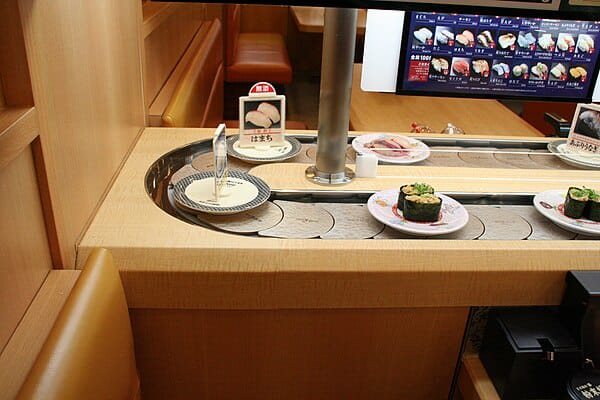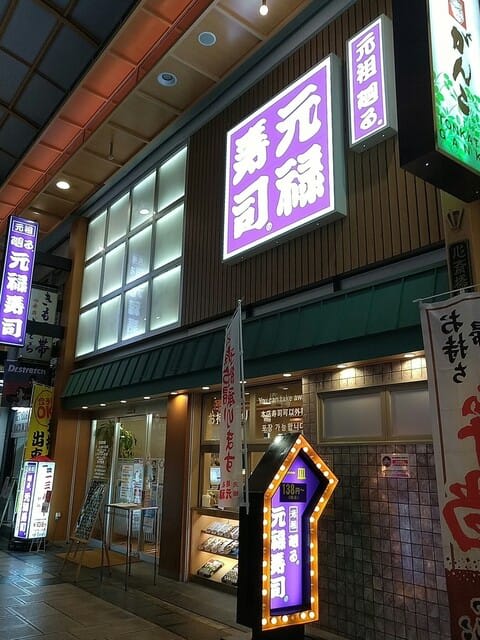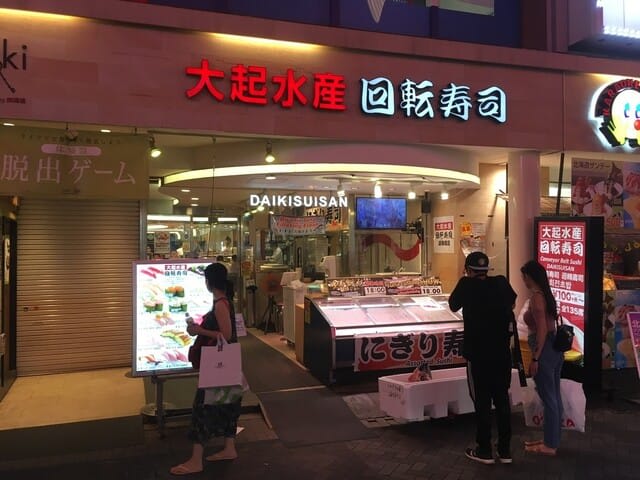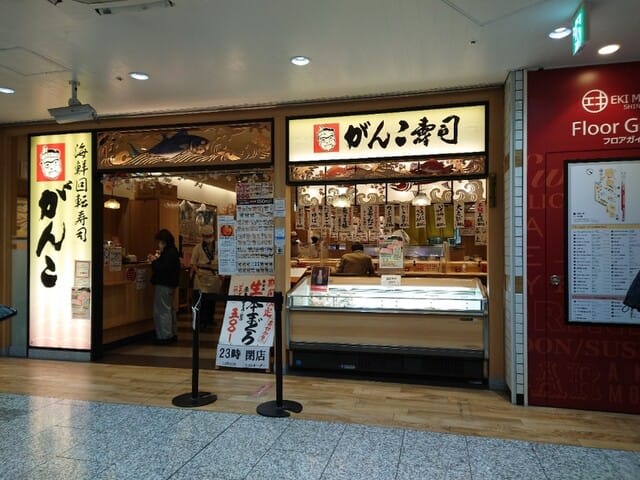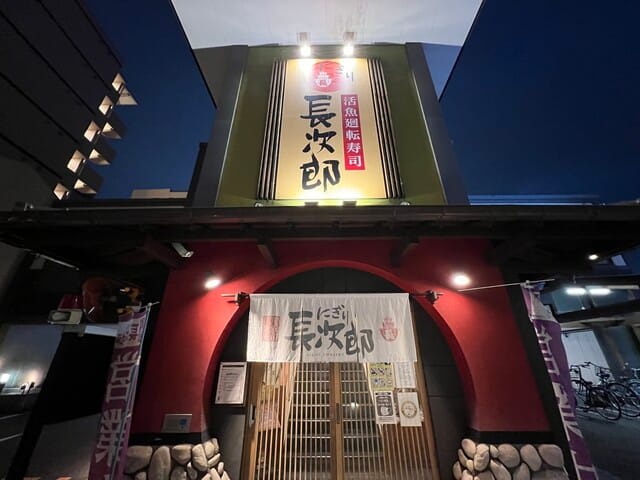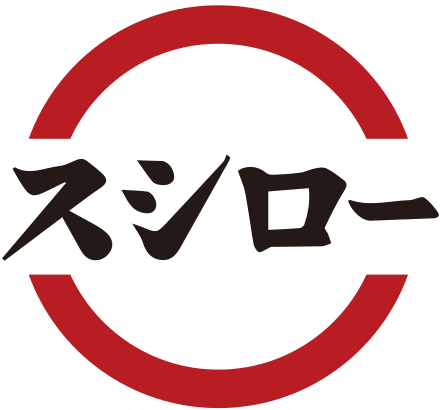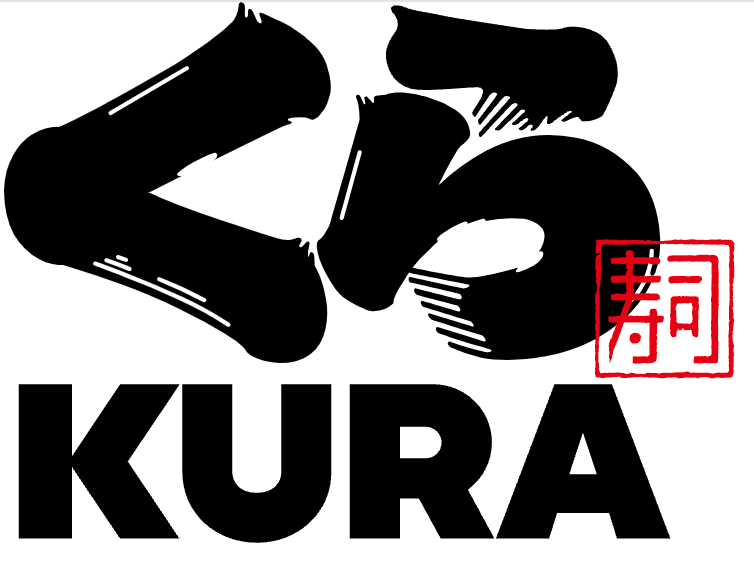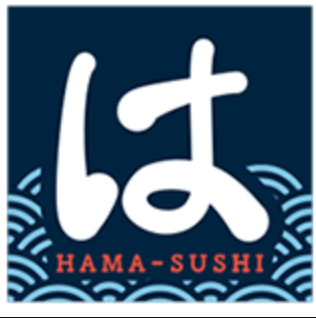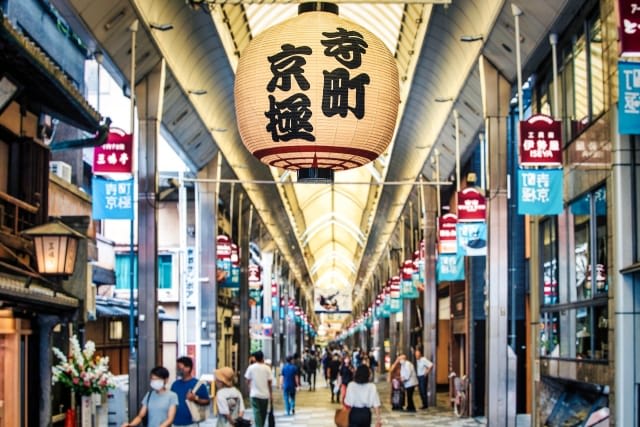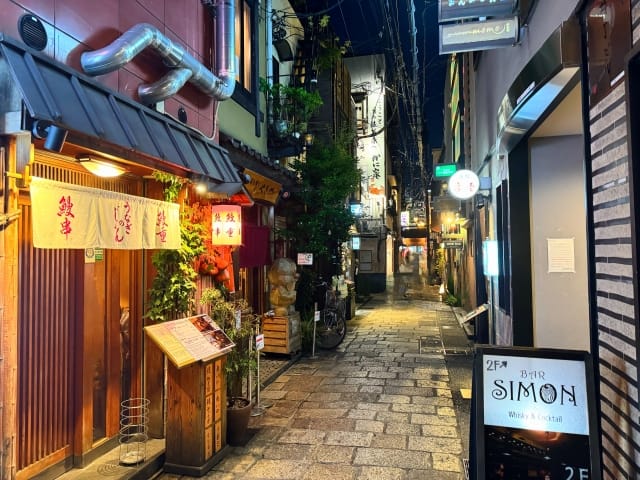Discover the Origin of Conveyor Belt Sushi in Osaka
Based on my extensive knowledge of Japanese food and culture, I've updated this article with the latest information for 2025. I created this update hoping that visitors can use this guide to explore Osaka's attractions more deeply and efficiently, making the most of their time in the city.
Another reason for updating this article is the growing interest in tours that offer a deeper experience of Osaka. While Osaka is known for its developed food culture and numerous excellent restaurants, it can be challenging to find places that are truly beloved by locals.
This is why tours guided by local residents have become popular. In fact, our company Magical Trip's local-guided tours ranked No. 1 among all tours on Tripadvisor in 2024.

For those wanting to savor Osaka's exceptional cuisine, I recommend joining the "Osaka Local Foodie Tour in Dotonbori and Shinsekai." You can fully enjoy Osaka specialties like kushikatsu, takoyaki, and okonomiyaki with guidance from local residents.
If you enjoy drinking, try the "Osaka Bar Hopping Night Tour in Namba," where you can enjoy Osaka cuisine while bar hopping. An expert guide who knows Osaka inside and out will show you around Dotonbori and Namba, areas where it's typically difficult to find good establishments.
I hope you'll be able to fully enjoy Osaka with no regrets by joining the Magical Trip tour!
Introduction
Did you know that the innovative conveyor belt sushi system was actually born in Osaka?
When I went to Osaka, I was surprised to see so many conveyor belt sushi restaurants that I hadn't seen in other regions. Later, when I learned that Osaka was the birthplace of conveyor belt sushi, I understood why there were so many local conveyor belt sushi chains.
In 1958, a sushi restaurant in Osaka, inspired by a beer factory, invented the world's first conveyor belt sushi. This revolutionized Japanese food culture and has become a way of enjoying sushi loved all over the world.
The combination of Osaka's food culture, which pursues "cheap and delicious," and conveyor belt sushi, which provides an efficient and fun dining experience, was perfect. Supported by a wide range of people from businessmen to families, it quickly spread throughout Osaka.
In this article, I'll explore the appeal and history of conveyor belt sushi. I'll also introduce some unique conveyor belt sushi chains that Osaka is proud of.
Let's dive into the world of conveyor belt sushi that Osaka boasts!
Table of Contents
・What is Conveyor Belt Sushi?
・Osaka's Revolution: The Birth of Conveyor Belt Sushi
・Osaka's Pride! Four Unique Conveyor Belt Sushi Chains
・Three Conveyor Belt Sushi Chains You Can Enjoy All Over Japan
・Frequently Asked Questions About Conveyor Belt Sushi
What is Conveyor Belt Sushi?
Conveyor belt sushi is a particularly innovative presence in Japanese food culture. Here, I'll introduce you to the basic mechanism and appeal of conveyor belt sushi in detail.
Basic Mechanism of Conveyor Belt Sushi
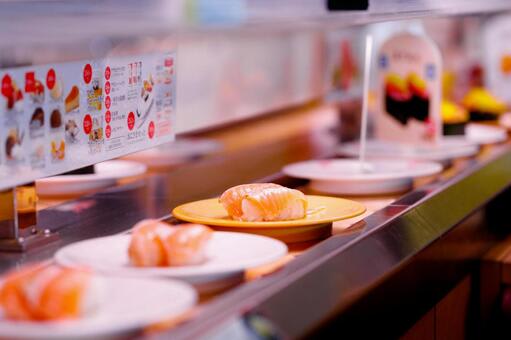
The main feature of conveyor belt sushi is that sushi plates circulate on a conveyor belt that goes around the restaurant. When I first saw it as a child, I found it very interesting, as if miniature trains were circling the restaurant carrying sushi.
Many shops adopt a pricing system using color-coded plates. For example, red plates are 100 yen, blue plates are 200 yen, and so on. Thanks to this system, you can easily enjoy a meal according to your budget.
Also, by adopting a self-service system, waiting time is greatly reduced, providing an efficient dining experience. Even when it's busy, you can start your meal right away, which is attractive.
Differences from Regular Sushi Restaurants
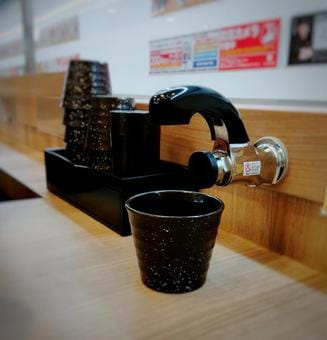
There are several big differences between conveyor belt sushi and regular sushi restaurants. First, the pricing is very different. Conveyor belt sushi is very affordable, starting from 100 yen per plate. When I was a student, I could enjoy sushi casually.
The diversity of the menu is also noteworthy. Besides sushi, you can enjoy various dishes like udon and desserts. I particularly liked eating udon or miso soup in between sushi.
The atmosphere in the restaurant is also very different. Conveyor belt sushi generally has a casual and lively atmosphere and operates with minimal face-to-face service. There's no tension like in regular sushi restaurants, and you can enjoy conversation with friends and family while eating, which is attractive.
The Appeal of Conveyor Belt Sushi
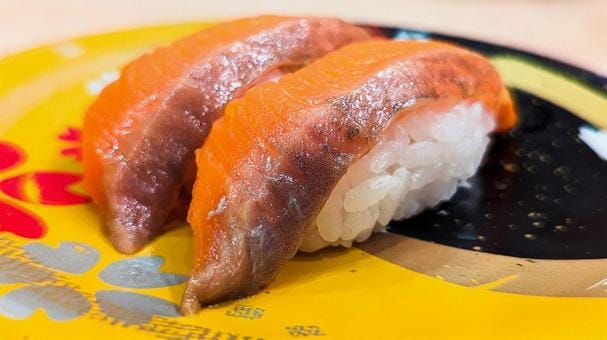
Convenience
The appeal of conveyor belt sushi is manifold. First, there's the convenience of being able to start eating as soon as you sit down. Not having to wait for your order and being able to freely choose the sushi you like is a big advantage.
Affordable Pricing
Economy is also a big attraction. The pricing that allows students and families to enjoy casually is supported by many people. Even as a student, I often used conveyor belt sushi to enjoy delicious sushi within my limited budget.
Wide Variety
The fun of being able to try a wide variety of sushi toppings and dishes in small quantities is also noteworthy. Even rare toppings that are usually expensive can be easily tried at conveyor belt sushi. I always look forward to trying new toppings.
Entertainment Value
The entertainment value of watching the sushi go around is also a big attraction of conveyor belt sushi. Especially children seem to get excited just by watching the sushi go around.
Global Spread
Recently, especially stores with touch panel systems have increased, and many are multilingual. This allows even foreign visitors to easily order and enjoy. My foreign friends were also impressed by this ease of use.
Furthermore, the concept of conveyor belt sushi has gained popularity worldwide, and the number of conveyor belt sushi chain stores expanding globally is increasing. Seeing Japanese food culture spread around the world makes me feel proud.
Osaka's Revolution: The Birth of Conveyor Belt Sushi
Osaka is known as the "city of gastronomy," but it's also the birthplace of conveyor belt sushi. Here, I'll introduce in detail how conveyor belt sushi was born, why it became a big hit in Osaka, and the recent conveyor belt sushi situation.
The Spark for Conveyor Belt Sushi: Inspiration from a Beer Factory
Source: Wikipedia
The birth of conveyor belt sushi occurred in 1958 at Genroku Sushi in Osaka. This groundbreaking idea was the first in the food industry to adopt a rotating belt conveyor. Interestingly, this idea was inspired by the belt conveyor system in a beer factory.
When I heard this story, I was impressed by the creativity and flexible thinking of the people of Osaka. The idea of incorporating a system from a completely different industry into their own business truly represents the innovative spirit of Osaka.
I'm really amazed by the imagination of the person who thought, "Can't we apply this to a sushi restaurant?" when visiting a beer factory.
Why Did It Become a Big Hit in Osaka?
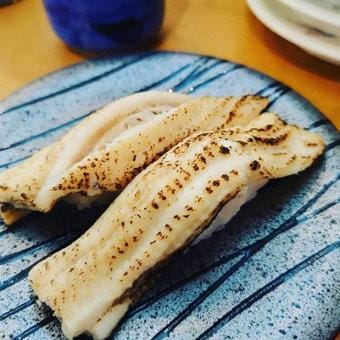
The reason why conveyor belt sushi became a big hit in Osaka is closely related to Osaka's food culture. Osaka is known for its food culture that pursues "cheap and delicious" things. This culture perfectly matched the concept of conveyor belt sushi.
When I was living in Osaka, I often heard many stores using "good food at a low price" as their motto. Conveyor belt sushi can be said to embody this Osaka spirit.
The fact that it was particularly popular among company employees and families was largely due to this "cheap and delicious" aspect. For busy company employees, it was efficient, and for families, it became an economical dining option.
When I was a student, going to conveyor belt sushi with friends was a regular thing. For students with limited budgets, conveyor belt sushi was an ideal dining place.
Also, Osaka's conveyor belt sushi chains have been successful with economical pricing and diverse menu offerings. The attraction was being able to enjoy various dishes at once, not just sushi but also udon and desserts. This diversity was also compatible with Osaka's "kuidaore" (eat until you drop) culture.
Recent Conveyor Belt Sushi Situation
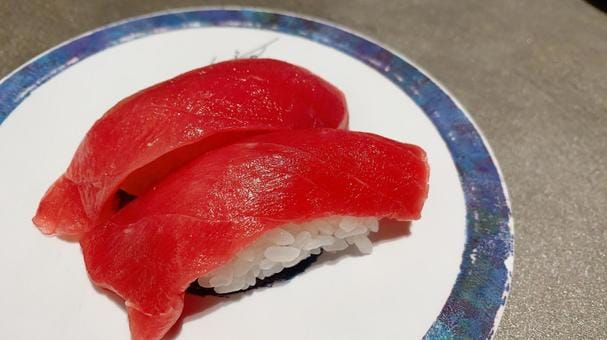
Conveyor belt sushi, born in Osaka, has now spread throughout Japan. Even more surprisingly, conveyor belt sushi has expanded overseas and is popular all over the world.
Recent conveyor belt sushi has evolved further with the introduction of technology. Innovative initiatives such as ordering systems using touch panels and the introduction of robot sushi chefs are being implemented one after another. Compared to the conveyor belt sushi I experienced as a student, it feels like a different world.
What was particularly impressive was the multilingual support through touch panels. This has made it easy for foreign tourists who don't understand Japanese to order. My foreign friends were also impressed by this ease of use.
Also, the introduction of robot sushi chefs has brought improvements in efficiency and hygiene. Although they haven't yet fully reproduced the skills of human chefs, they can perform basic sushi-making tasks accurately and quickly.
While evolving in this way, conveyor belt sushi continues to maintain its basic concept of "cheap and delicious."
This innovative system born in Osaka has evolved with the times and established a firm position as an important part of Japanese food culture.
Osaka's Pride! Four Unique Conveyor Belt Sushi Chains
Osaka has many unique conveyor belt sushi chains that are different from national chains. I often visit Osaka and enjoy these local chains.
Here, I'll introduce four of my favorite Osaka conveyor belt sushi chains. Each has its own characteristics, and you can feel the diversity of Osaka's food culture.
Genroku Sushi
Source: Tabelog by TURNAROUND_M
Genroku Sushi is known as the chain store where conveyor belt sushi originated. This locally popular chain in Osaka has stores in major spots like Umeda and Shinsaibashi.
The Umeda store I often visited as a student was always lively and crowded with locals and tourists.
The appeal of Genroku Sushi is not just its history. The budget is about 1,000-2,000 yen per person, which was affordable even for me as a student. Especially, if you spend 3,000 yen, you can eat quite a lot, so I often used it when gathering with friends.
My favorite was the seasonal sushi toppings. The sushi using seasonal fish was a luxurious experience that could only be tasted at that time. Also, Osaka-style creative sushi was attractive, and I looked forward to new discoveries every time.
Genroku Sushi is the origin of conveyor belt sushi. When you dine here, you can feel the innovativeness of Osaka's food culture and the pride of inheriting it. If you visit Osaka for sightseeing, please try to visit once.
Website: http://www.mawaru-genrokuzusi.co.jp/
Daiki Suisan Kaiten Sushi
Source: Tabelog by Morita Pan
Daiki Suisan Kaiten Sushi is a conveyor belt sushi chain known locally in Osaka for its fresh and cheap seafood. When I first visited here, I was surprised by its high freshness and low prices. It's especially famous for its delicious tuna, and I enjoyed tuna every time.
This chain also has stores in major spots in Osaka such as Umeda and Namba. You can easily find it even when visiting Osaka for sightseeing. I often guided my friends and family here when they came to Osaka.
The budget is about 1,000-2,000 yen per person, which is as reasonable as Genroku Sushi. For me as a student, this price range was very appreciated. I felt that being able to enjoy high-quality sushi at this price was unique to Osaka.
Website: https://tabelog.com/en/osaka/A2701/A270202/27004264/
Ganko Sushi
Source: Tabelog by Mizumisa
Ganko Sushi is the conveyor belt sushi version of the Osaka sushi chain "Ganko."
A feature of Ganko Sushi is also in its location. It has three stores inside the ticket gate of JR Shin-Osaka Station, Osaka Station, and Tennoji, so it's very convenient when visiting Osaka. I often ate at the Ganko Sushi in Shin-Osaka Station.
The price range is a bit higher than Genroku Sushi, but you can casually enjoy delicious sushi. A budget of 2,000-3,000 yen per person is reassuring.
I recommend Ganko Sushi for those who want to enjoy slightly luxurious conveyor belt sushi when sightseeing in Osaka. It's especially recommended when you've just arrived in Osaka by Shinkansen or for your last meal before leaving Osaka.
Website: https://www.gankofood.co.jp/shop/search?type=9
Nigiri Chojiro
Source: Tabelog by Saiki2020
Nigiri Chojiro is a conveyor belt sushi chain originating from Osaka, with a more upscale orientation than the stores I've introduced so far.
I first visited Nigiri Chojiro towards the end of my graduate school days. I still vividly remember the impression from that time. The atmosphere inside the store and the high quality of the sushi gave me an impression that transcended the category of "conveyor belt sushi."
Nigiri Chojiro is a conveyor belt sushi restaurant that many Osaka locals often go to with their families for special occasions. I also used it when my parents came to visit the Kansai area. I still can't forget the happy face of my parents at that time.
The price range is higher than other conveyor belt sushi chains, but the taste is exceptional. Side menu items like red miso soup also had a taste that felt special. A budget of 4,000-5,000 yen per person is reassuring. For me as a student, it was a place I could only go on special days, but that made it a memorable meal.
The appeal of Nigiri Chojiro is that you can enjoy high-quality sushi like a high-end sushi restaurant with the ease of conveyor belt sushi. What particularly impressed me was the seasonal high-grade toppings. I could enjoy luxurious sushi that I couldn't normally taste at conveyor belt sushi at a relatively reasonable price.
As a note, Nigiri Chojiro doesn't have many stores in major tourist areas. However, if there's a store nearby, please enjoy a luxurious conveyor belt sushi experience. Your impression of conveyor belt sushi will surely change.
Website: https://www.chojiro.jp/
Three Conveyor Belt Sushi Chains You Can Enjoy All Over Japan
While the conveyor belt sushi restaurants I introduced earlier are mainly in Osaka, you can now easily enjoy conveyor belt sushi anywhere in Japan.
Here, I'll introduce three popular conveyor belt sushi chain stores that can be found anywhere in Japan. Each has its own characteristics, and you can enjoy consistent taste and quality anywhere in the country.
Sushiro
Source: Wikipedia
Sushiro is a very popular conveyor belt sushi chain that operates throughout Japan.
The appeal of Sushiro is that it offers a wide variety of side dishes and desserts in addition to sushi. I particularly looked forward to their seasonal desserts. The attraction is that you can enjoy various tastes, not just sushi, in one restaurant.
Sushiro is also actively expanding overseas. It has stores in Asian countries like Korea, Taiwan, and Hong Kong, spreading Japanese conveyor belt sushi culture to the world. My Korean friend told me that they enjoy Japanese flavors at Sushiro in their own country.
Website: https://www.akindo-sushiro.biz/en/
Kura Sushi
Source: Wikipedia
Kura Sushi is famous as a conveyor belt sushi chain that focuses on "additive-free" products. When I first visited Kura Sushi, I was impressed by their policy of not using food additives in any of their products. It's particularly popular among my health-conscious friends.
The biggest feature of Kura Sushi is that you can enjoy the "Bikkura Pon!" game when you put your plates into the dedicated collection slot. If you insert 5 plates, you can play a gacha game and get a prize.
The appeal of Kura Sushi lies in the combination of commitment to safety and a fun dining experience. Being able to enjoy delicious sushi while having fun in a game-like manner is a big attraction, especially for families.
Website: https://www.kurasushi.co.jp/en/
Hama Sushi
Source: Wikipedia
Hama Sushi is a conveyor belt sushi chain that mainly targets families.
The interior is bright, creating an atmosphere where families can easily dine. My family often chose Hama Sushi when we all went out to eat together.
Hama Sushi is also known for its high cost-performance. While focusing on 100-yen sushi, they also offer high-quality seasonal toppings.
Hama Sushi is a conveyor belt sushi chain that can be easily found anywhere in Japan, but it's especially easy to find in regional cities and suburbs.
Website: https://en.hama-sushi.co.jp/
Frequently Asked Questions About Conveyor Belt Sushi
I'll answer questions that are often asked by people experiencing conveyor belt sushi for the first time or foreign visitors to Japan, based on my own experiences. Knowing this information will help you enjoy conveyor belt sushi more smoothly and pleasantly.
How Much Does Conveyor Belt Sushi Cost?
The pricing system of conveyor belt sushi is one of its attractive points for many people.
The standard price range is about 100 to 300 yen per plate, but special toppings and high-grade sushi can cost 500 yen or more. For example, high-grade toppings like fatty tuna or sea urchin fall into this category.
To give a real example, when I went to a conveyor belt sushi restaurant with a friend, I ate 10 plates of 100-yen sushi, 3 plates of 200-yen sushi, and 1 plate of 500-yen special high-grade sushi, totaling 2,100 yen before tax. I think it was a very satisfying meal in terms of both quantity and quality.
Prices may vary slightly depending on the chain and region, but remembering this price range will make it easier to estimate your budget. Also, many stores distinguish prices by the color or pattern of the plates, which is another attractive point as it makes it easy to choose according to your budget.
Can I Take It Away?
Yes, many conveyor belt sushi chains offer takeout. I often use this service on busy days or when I want to enjoy it with my family at home. You can order at the counter in the store or at a dedicated takeout window. In many stores, you can choose from the same menu as when eating in the store.
However, as a precaution, raw items may deteriorate in quality over time. I try to eat them as soon as possible after purchase. You need to be especially careful in summer.
Are "Sushi" and "Zushi" the Same?
I often heard this question from my foreign friends who were starting to learn Japanese. The answer is "yes." "Sushi" and "zushi" mean the same thing, but there's a difference in how they're used.
"Sushi" is a general expression used on its own. For example, when saying "Let's go eat sushi," it becomes "Let's go eat sushi."
"Zushi" is created when the pronunciation changes when another word is attached before "sushi." This is due to Japanese phonological rules. For example, "Nigiri-zushi" is an example.
When I explain this difference to friends learning Japanese, I often tell them, "You often use 'zushi' when talking about types of sushi."
This difference is purely phonetic, and the meaning is exactly the same.
Conveyor belt sushi, born in Osaka and now loved all over Japan and around the world. I've introduced its history and appeal, as well as the unique conveyor belt sushi chains specific to Osaka.
The nationwide chains Sushiro, Kura Sushi, and Hama Sushi also have their own characteristics and are attractive in that you can enjoy consistent taste and quality anywhere in Japan.
If you have the chance to visit Osaka, please try to experience the local conveyor belt sushi. It's packed with the innovativeness of Osaka's food culture and the insatiable pursuit of delicious food!

